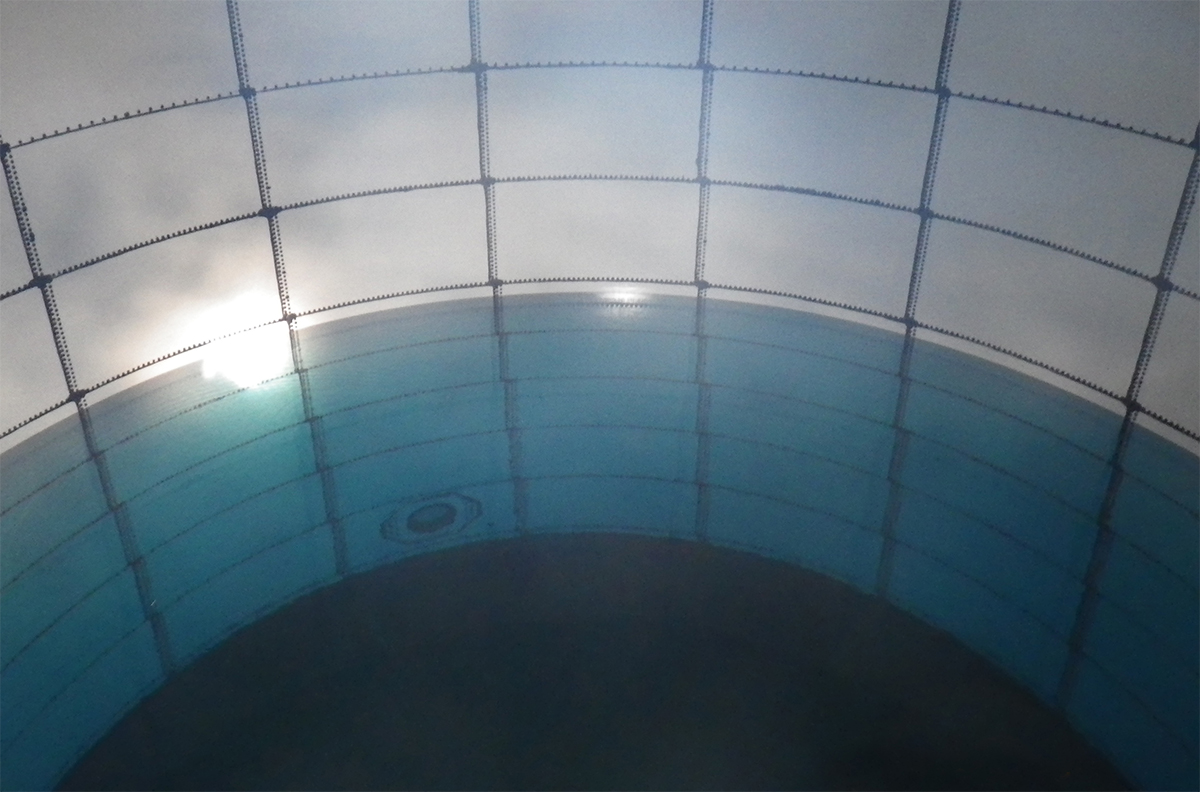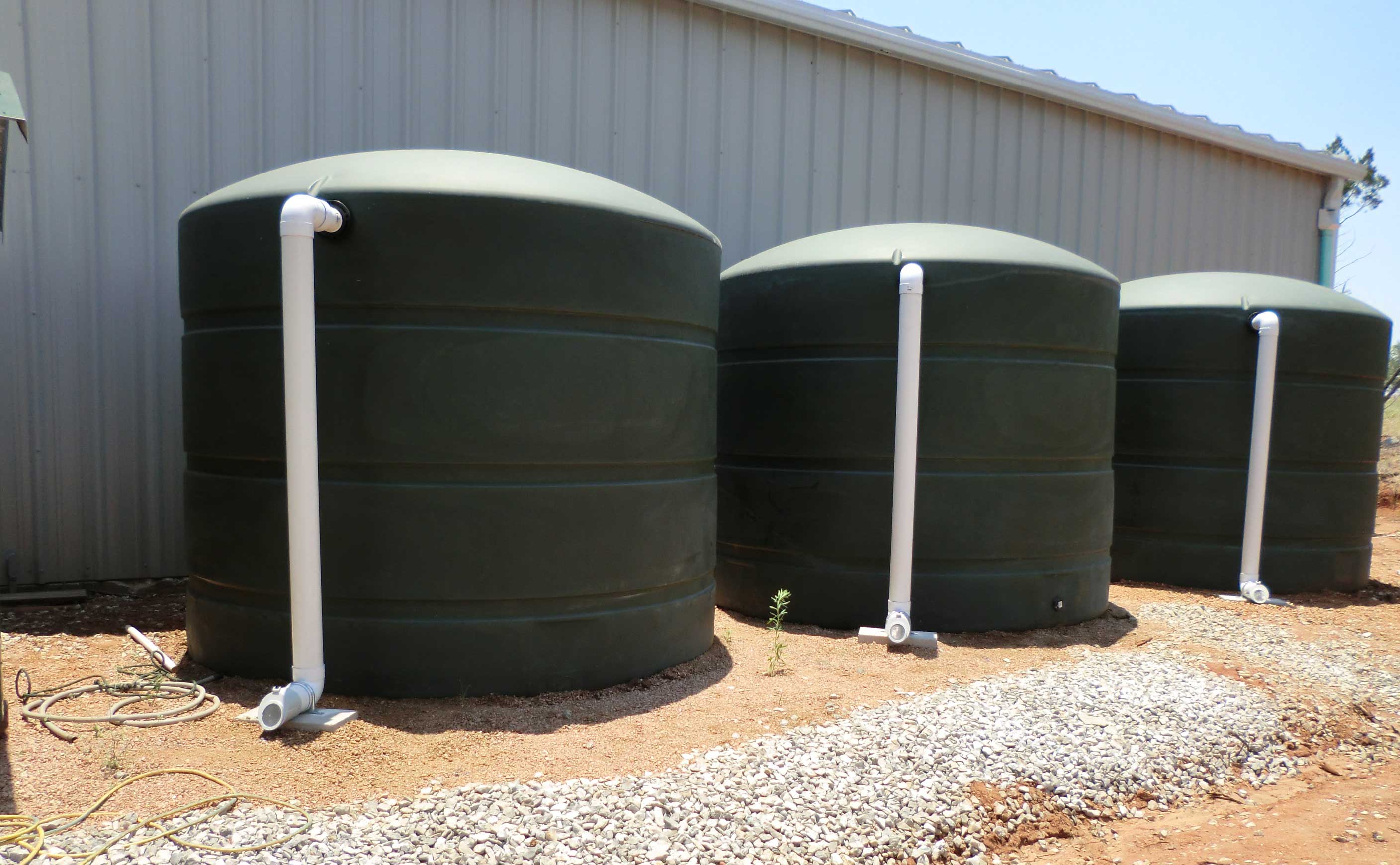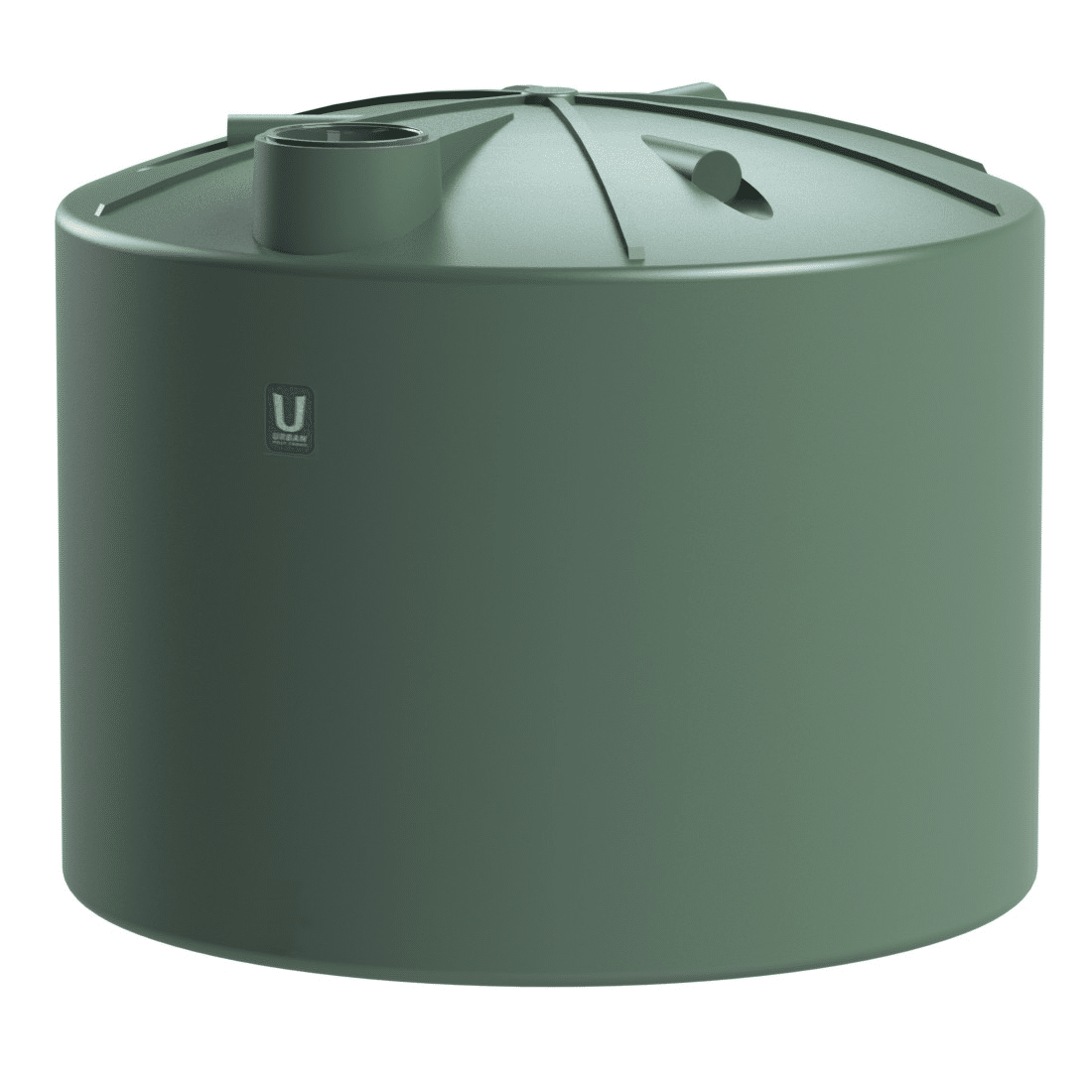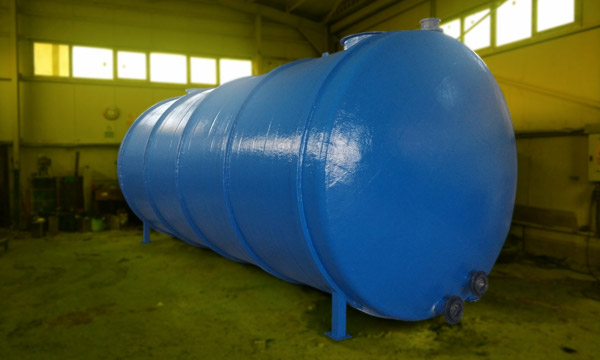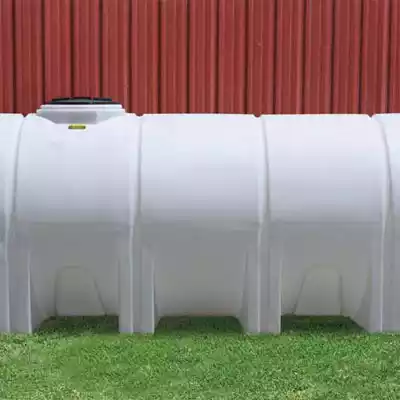What Happens To Chlorine Residuals In A Newly Mixed Drinking Water Storage Tank?
4.8 (631) · $ 19.50 · In stock
Active mixing is one of the best and easiest strategies to improve and maintain water quality in your drinking water storage tanks. The following are some key concepts to help you understand what may happen to chlorine residuals immediately after active mixing is introduced. The Unmixed Tank Condition Without an active mixer in the tank, water quality is dependent on incidental mixing caused by regular tank cycling between high and low levels. Sometimes deep draw downs or a system of inlet / outlet check valves have been employed in an effort to improve mixing. Neither of these strategies are very

Diagrammatic representation of the Reclaimed Water Facility.

Mixing For Distribution Tanks

Lesson 18: Water Chlorination Calculations
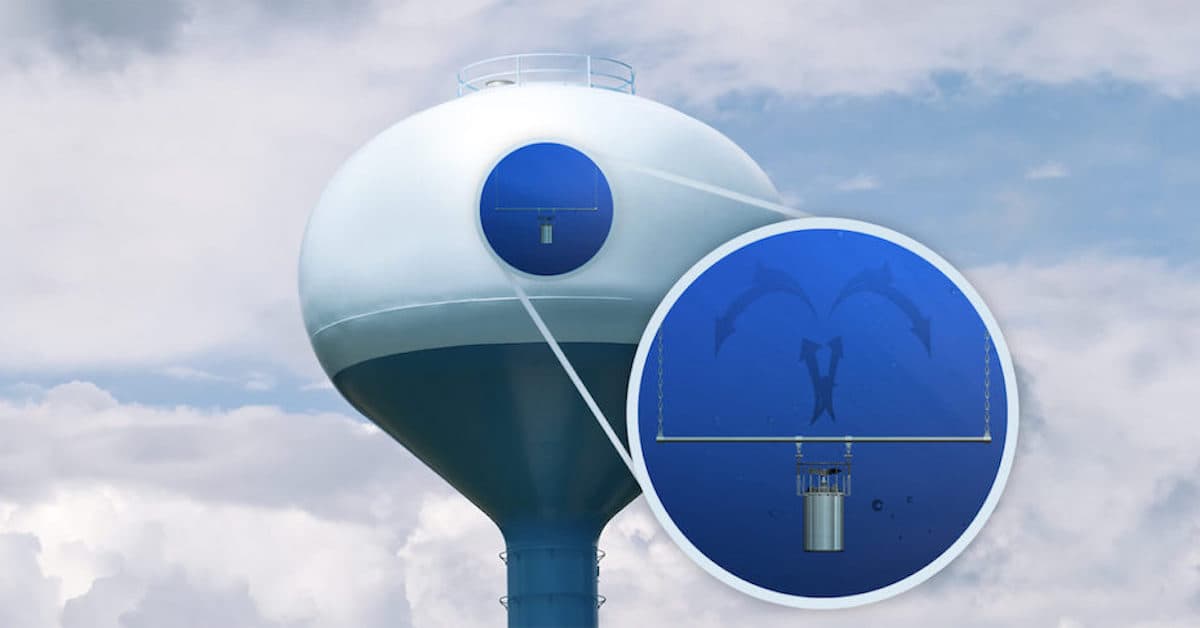
Active Mixing Solves Water Tank Problems - Kasco
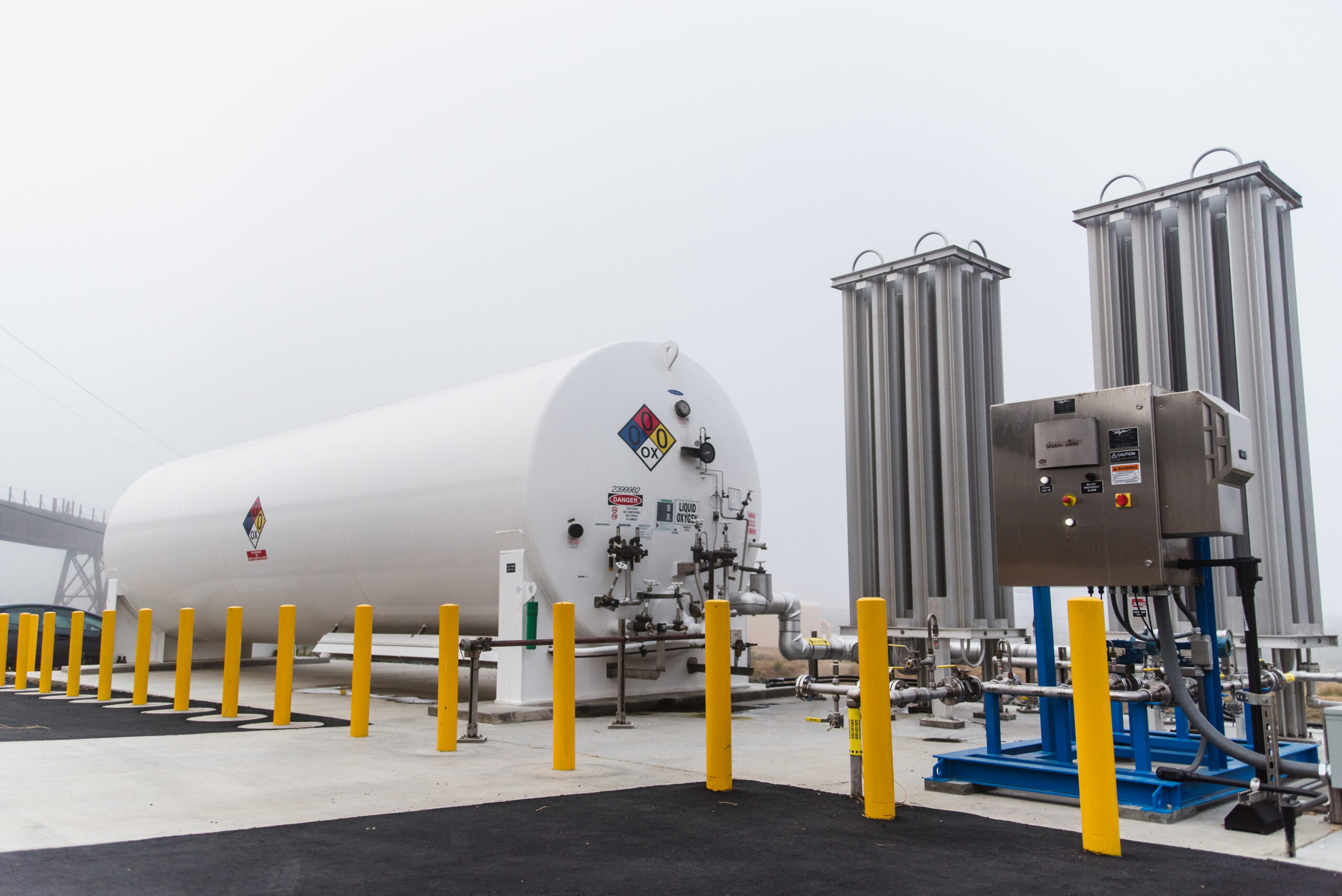
Controlling Disinfection Byproducts – MKN

Ixom Watercare, Storefront

Chlorination for Water Treatment in Humanitarian Responses
Biological Instability in a Chlorinated Drinking Water Distribution Network

Increasing Contact Time and Reducing…

Bug of the Month: Water Sponges and Wastewater Treatment Plants
Excessive bromine and chlorine in tap water : r/water

Chlorine Gas Disinfection Recirculation - Mak Water
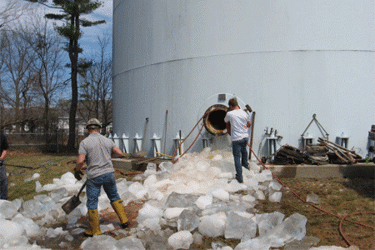
Delivering A Reliable Water Supply In All Weathers Thanks To Active Mixing

How to Eliminate Chlorine from Your Drinking Water – FloWater






